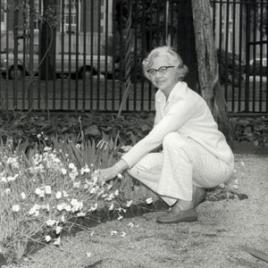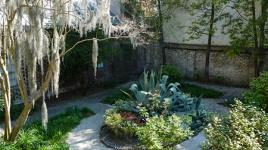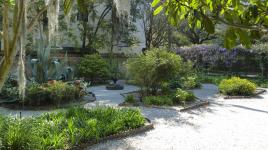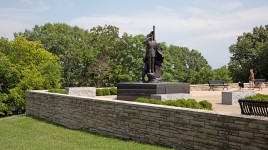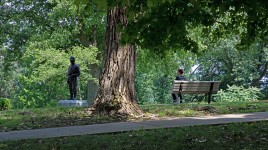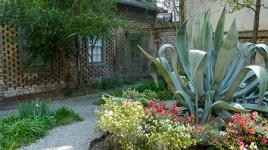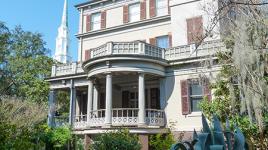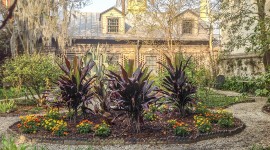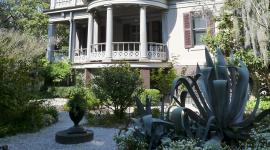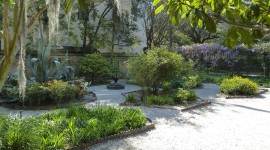Pioneer Information
Born in Savannah, Georgia, Lee attended Barnard College before transferring to Smith College, where she earned an undergraduate degree and an M.L.A., completing the latter in 1939. In the 1940s, she worked as an assistant to landscape architect Talmadge Baumgardner with the Sea Island Company, helping to design landscapes and supervising planting operations for federal housing projects in Savannah and Brunswick, Georgia. Lee became interested in historic gardens, producing measured drawings for ten Victorian-era gardens in Savannah for the Georgia Historical Society in 1944. In 1949, she established her own firm, becoming one of the earliest—reputedly the first—women landscape architects to practice privately in Savannah. She created designs and planting plans for several historic buildings in the city, including the Juliette Gordon Low Birthplace, the Andrew Low House, and the Green-Meldrim House, and she consulted on historic landscapes throughout Georgia. From 1951 to 1972, Lee developed and oversaw the renovations of five of Savannah’s historic city squares (Green, Madison, Troup, Warren, and Washington Squares), which were integral to Oglethorpe’s original plan. Having joined the American Society of Landscape Architects in 1950, she worked with Hubert Bond Owens (who headed the Department of Landscape Architecture at the University of Georgia) to establish the Georgia State Board of Landscape Architects, and was the fourth landscape architect (and the first woman) to be registered in the state. Lee was active in several preservation and educational societies in Savannah, where she died in 2006.




